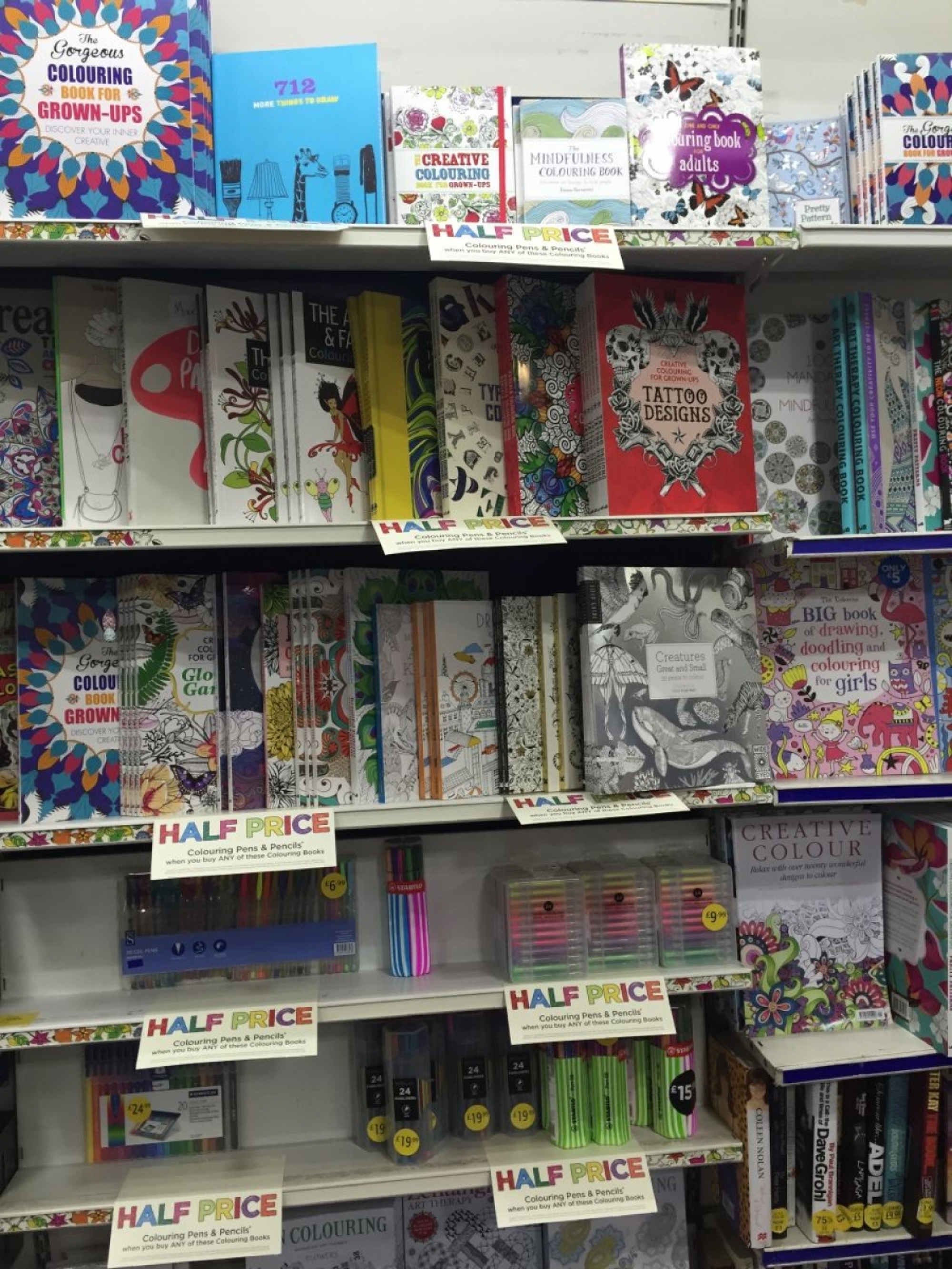![]() Some rights reserved by aarticrafts
Some rights reserved by aarticrafts
As a recent migrant from the book publishing world (having worked in the industry for nine years), I followed coverage of The Bookseller’s recent FutureBook 2015 conference with great interest.
Many of the presentations centred on the need for “continued improvement” and that there is no “new normal” or “plateau” (for e-books or otherwise). There is only evolution. And it’s vital that booksellers and publishers keep up and adapt accordingly.
Michael Tamblyn, CEO of e-reader manufacturer Kobo, outlined the four methods of bookselling in today’s world: bricks and mortar, online, audio and e-books. He believes that all are here to stay, so publishers and booksellers must take all four methods seriously and recognise that theirs is – and will remain – a hybrid industry. So they need to be flexible in what they sell and how they sell it.
For traditional bookshops, the well-documented challenges come not just from Amazon and e-readers but also from the myriad of apps and games that typically sit in people’s pockets on a single handheld device. Keynote speaker Stephen Page, of book publisher Faber & Faber, cited mobile technology as being at once both the biggest challenge and most exciting opportunity facing the industry.
How can traditional booksellers tap into this potential? Meet Near St, a pioneering mobile technology company that looks to take advantage of the staggering recent growth in click-and-collect purchases. Near St’s platform lets consumers search a database of local bookshops’ inventories, order, then pop in and collect. A very interesting initiative and just the sort of lateral thinking the industry needs.
A presentation from Nielsen’s Jo Henry noted the cheering news that year-on-year sales of printed books are up in the UK. This is largely down to publishers concentrating their print efforts on books that e-readers struggle to emulate, such as coffee table books. However the biggest single contributor to print’s renaissance is perhaps the most surprising: adult colouring book sales are up more than 200%, with users advocating their relaxing, therapeutic properties.
Sometimes new markets open up in the most surprising places – and there’s a lesson there for my new industry just as much as my old one.
